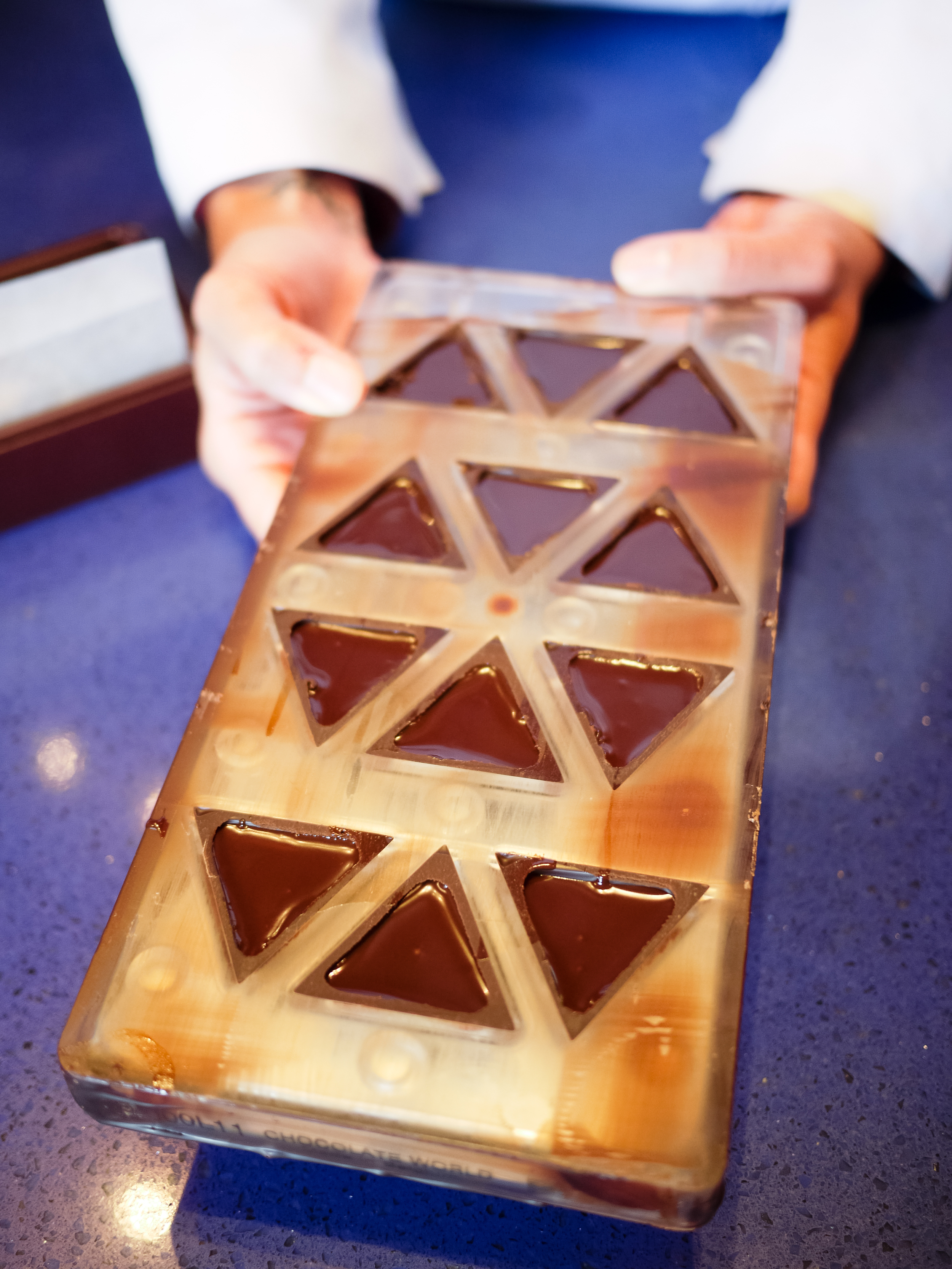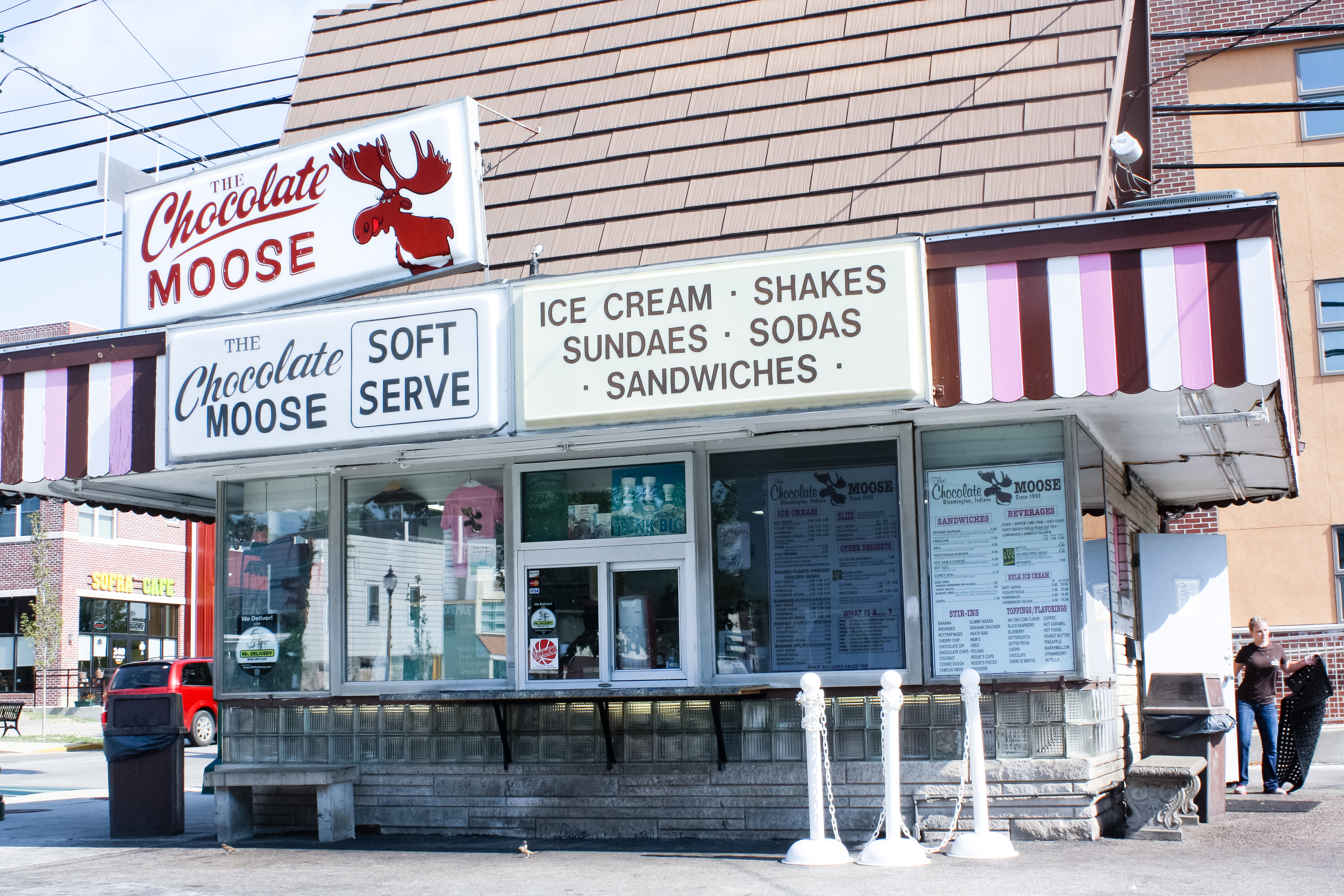GET TO KNOW: RATHGEBERS' GARTEN + CSA
Erica Sagon
Do you remember this little dish of deliciousness from our menu last spring and summer? Known as Peter Rabbit, it featured the most flavorful, petite veggies — rosy radishes and tender carrots with their roots and stems still showing, and the snappiest sugar snap peas, plus young turnips and fennel which you didn't even KNOW you liked raw — with a housemade herb-y dip.
Peter Rabbit couldn't have been more simple — crudités, is all — and yet it was a fast and furious hit at the distillery.
We hadn't set out to put veggies-and-dip on the menu, because, uh, veggie trays are not known for their wow factor.
But then we came across the veggies, grown by Dustin Rathgeber, the farmer/owner/veggie-whisperer behind Rathgebers' Garten, a certified organic farm in Odon, about 35 miles southwest of Bloomington.
The veggies were so good, they put themselves on the menu. They were meant to shine on their own. Peter Rabbit was born, and we sourced other produce from Dustin for other dishes, too. His produce is grown thoughtfully and organically (and then some), and best of all, it has flavor — so much flavor, guys! — as though it came from someone's personal garden.
In a way, it has. Dustin is a one-man-show.
We buy food directly from this farmer when possible, and you can, too. Dustin is offering limited CSA shares this year with roughly 60 varieties of produce, and a weekly pick-up spot is right here at Cardinal Spirits.
There are perks to picking up your CSA at the distillery: a 15% off coupon in your box every week, good toward food and drink at the distillery that day; and, an option to add on Cocktails To Go, a bottle of ready-to-drink Cardinal Spirits cocktails tucked into your box at pick-up.
Dustin's story, in short, is this: he worked as a carpenter and a mechanic in Indianapolis, but in 2015, he returned to his family’s dormant 140-acre farm and revived an 8.5-acre plot into the certified organic Rathgebers’ Garten.
On an uncharacteristically warm day in February, Dustin took a break from planting kohlrabi seeds to answer 13 questions about this farm and CSA.
— A REAL CSA SHARE FROM RATHGEBERS' GARTEN —
Dustin, what made you decide to start farming?
I wanted to start my own business, and I always enjoyed gardening as a hobby no matter what my career was. I had my small garden in my backyard (in Indianapolis). Then, I converted all my flower boxes into more garden space, so I had corn growing by my front door and tomatoes by my sidewalk. All my neighbors probably thought I was crazy. I decided to make a go of it at farming.
I get to watch everything grow and progress. It’s nice this time of year to be able to walk into the greenhouse and see what most people don’t see until April or May.
Tell us about your farm.
My parents bought the property in 1997, next to the house I grew up in. The farm itself is 140 acres, and we’re about 35 miles southwest of Bloomington. It was an old dairy farm/conventional farm when we bought it in 1997. We converted part of it into a fish farm that my dad had when I was in high school and college. And then the fields, we used to harvest alfalfa and put up hay when I was in high school. That was the only crop we grew out there. For the past 20 years it’s sat fallow, there was nothing.
The area that I have certified organic is 8.5 acres of that 140 acres. It sets up on the second highest point in Daviess County, so I don’t have to worry about runoff from a conventional farm.
— A GLIMPSE AT THE FARM —
You refer to those 8.5 acres as a “garden.” But 8.5 acres is something!
I guess it’s just the size. We call the property the farm, but I always think of it (the organic plot) as having a giant garden. It’s not your conventional farm. I’m not on a tractor or a combine. I’m out there with a garden hoes and tillers.
And you do everything yourself, by hand?
Pretty much — 99.99% of the time, it’s just me out in the field. This time of year it’s making sure the seedlings have enough water, and that the temperature and the humidity is right in the greenhouse. I have to check on that at least every 4 hours, through the day and through the night.
Right now, I’m trying to get new sinks installed and things like that, making sure there’s not loose ends, because once March and April and May get here, it’s go-go-go out in the garden every day.
— GREENHOUSE AND GARDEN —
What do you grow, and what are you known for?
Right now, I’m doing about 60 different varieties of produce. I try to have anything and everything that you can find at the grocery store that can be grown in the state of Indiana.
The thing people go crazy over is my lettuce. And carrots — that’s the other big thing. I grow a super-super-sweet carrot. I’ll have sweet corn, cucumbers, all kinds of summer and winter squash, cantaloupe, watermelon, radishes, beets, turnips.
Will you grow anything new this year?
Artichokes!
What’s the most satisfying thing to grow?
Carrots. It’s amazing how big of carrots you pull out of the ground. That’s always fun. The other is lettuce, because it’s such a fast harvest.
What’s your favorite to eat?
Probably sugar snap peas. I could eat snap peas all year long. I wish we had milder summers so we could grow them in the summer. They’re done in the middle of June at the latest.
— GARLIC (LEFT) + RADISHES (RIGHT) —
Rathgebers’ is a certified organic farm — which means there are standards for everything from planting to fertilization to storage to transportation — and you go a step beyond that.
On top of following the USDA guidelines, I don’t even use any of the organic-approved herbicides or pesticides. I think that, too often, things hit the market without enough R&D. You don’t know what’s going happen in 50 years to something that people are consuming now.
Nature has its way of figuring it out. Last year, I had aphids that got onto some of my zucchini plants, but within days I had thousands and thousands of ladybugs that ate the aphids. When you’ve got an excess of prey, the predators are soon to follow. Let nature take its course.
— SEEDLINGS GET AROUND-THE-CLOCK CARE —
What’s the next hot veggie?
Cauliflower. Riced cauliflower has really hit the West Coast market, so I think around here, especially in Bloomington, it’s going to be higher in demand. Typically broccoli always outsold cauliflower but I think it’s going to even out, or cauliflower will take over.
For your CSA shares, how do you keep the variety going week after week?
I try to put a package together that I would want to eat. Out of 20 weeks (last year), I don’t think we had two weeks that were exactly the same. There was always something new every week. For half shares, they get the same variety that the full share is getting. I never want to overload someone with one thing.
— A GREENHOUSE ON THE FARM GETS PLANTS A HEAD-START —
What can people expect in the full and half shares of your CSA?
Usually at the beginning of the season, they’re going to get honey to start with from one of our beehives (Dustin notes that the honey is not certified organic). You’ll get lettuce and a lot of the cold crops: broccoli, cauliflower and cabbage, plus carrots, radishes, early turnips and beets, kale and chard, and sugar snap peas.
A bit later, you’ll have peppers, eggplant, sweet corn, beans, and tomatoes, and then a little bit later, onions, okra and then we’ll swing back into the later crops, going back to turnips and beets. I also do dill, cilantro, basil, and oregano, and they’re just offered in season. I try to get dill the same time as cucumber, so if someone wanted to make a batch of pickles, they could.
If anyone wants to buy something for storage — I get some customers that want 40 pounds of zucchini to make zucchini bread, for example — CSA customers are always welcome to check in for more.
I do offer egg shares if people want to add those (Dustin points out that the eggs are not certified organic).
— MORE REAL CSA SHARES —
Each share also gets some of your hickory syrup. Maybe that was a bit of a spoiler, but it's one of the things that makes your CSA special! Tell us more about it.
You don’t make hickory syrup by tapping a tree. It’s like a simple syrup. I collect shagbark hickory and toast it in the oven, which gives it a smoked flavor. I make a tea extract with the bark, reduce it and make the syrup.
Some people use it as a sweetener in their coffee. We use it on pancakes, waffles, French toast. It’s also really good to glaze ribs or ham, with because you can get that smoked flavor without actually smoking it.

![IMG_3632[1].jpeg](https://images.squarespace-cdn.com/content/v1/5249c667e4b085b754f2b0e7/1518467975835-RS90GB2K4SLMALS5BI7L/IMG_3632%5B1%5D.jpeg)






































